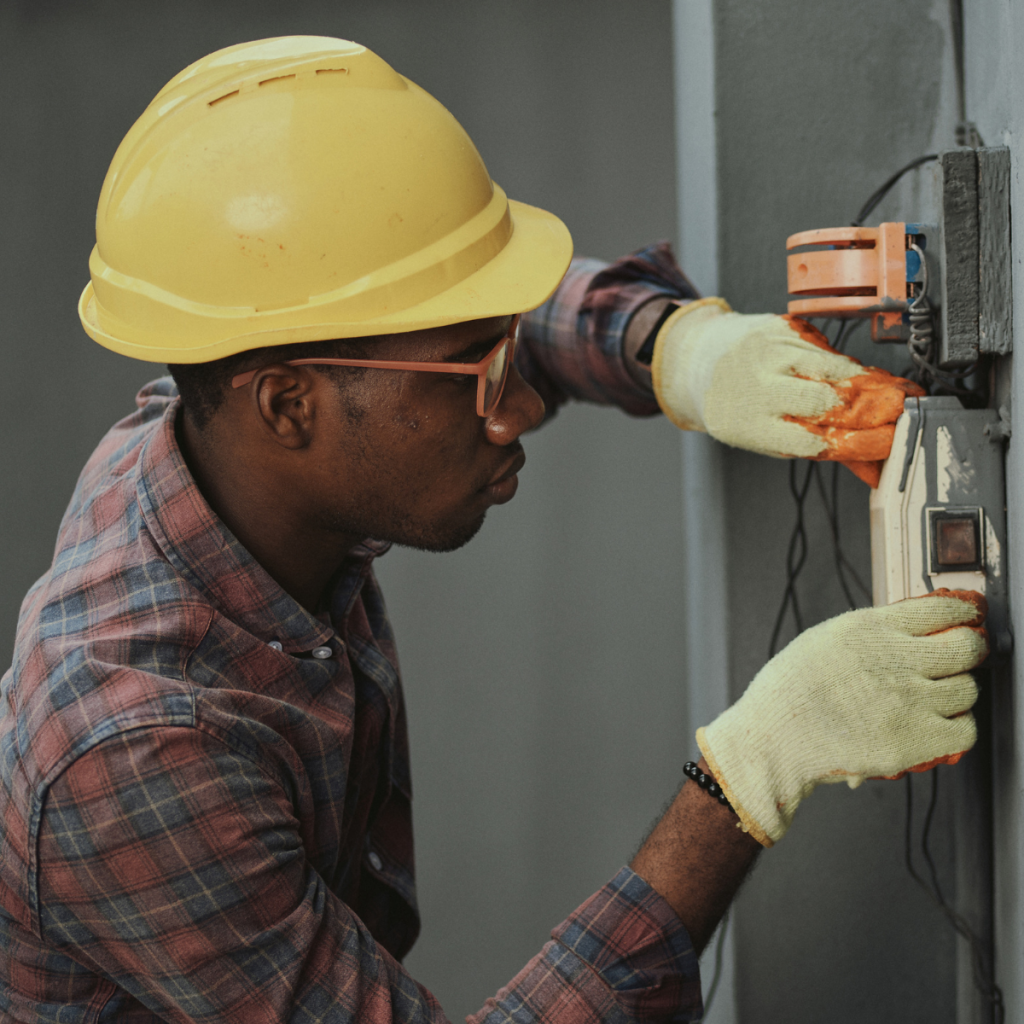Artificial intelligence (AI) is transforming many industries, and electronic device repair is no exception. With the rapid advancement of technology, devices are becoming more complex, requiring smarter solutions for troubleshooting, diagnostics, and repairs. AI is stepping in to help technicians provide faster, more accurate, and efficient repair services. By leveraging machine learning algorithms, automated diagnostics, and predictive analytics, AI is streamlining repair processes and improving customer experiences. In this article, we will explore how AI is revolutionizing the way electronic devices are repaired and why it’s becoming an essential tool in the modern repair landscape.
The Integration of AI in Diagnostic Tools
One of the most significant contributions AI has made to the world of electronic device repair is in diagnostics. Traditionally, technicians rely on manual inspections and trial-and-error methods to determine the root cause of device issues. This can be time-consuming, prone to human error, and inefficient.

AI-Powered Diagnostics:
AI has changed the game by enabling automatic diagnostics. Through machine learning algorithms, AI can quickly analyze a device’s symptoms and suggest potential problems. This reduces repair time and increases the accuracy of the diagnosis, ensuring that technicians are not wasting time on unnecessary repairs. By feeding historical repair data into AI models, repair tools can become increasingly accurate over time, learning from past experiences and offering more precise solutions.
AI diagnostic tools can also help identify issues that are not immediately apparent to human technicians. For example, AI can detect patterns in a device’s behavior that might indicate underlying hardware failure, such as subtle signs of overheating or memory issues, allowing for early intervention.
Predictive Maintenance and Preventive Repairs
Predictive maintenance is another area where AI is making a substantial impact. In traditional repairs, devices often only get attention when they completely fail, leading to costly repairs or device replacements. AI, however, allows for predictive analysis, forecasting when a device is likely to malfunction based on its usage and historical performance data.

How Predictive Maintenance Works:
AI-powered systems collect and analyze data from devices to monitor their health in real-time. This data is then used to predict when parts are likely to fail, giving repair professionals and users the ability to act before the problem escalates. For example, AI can predict when a smartphone’s battery is nearing the end of its lifespan, allowing users to replace the battery before it starts to cause performance issues or leaves them stranded with a dead phone.
By integrating AI into repair systems, manufacturers and service centers can offer proactive maintenance, reducing the likelihood of unexpected device breakdowns. This not only extends the lifespan of devices but also provides significant cost savings by preventing major repairs and replacements.
Automating the Repair Process
AI is also transforming the physical repair process by automating several aspects of it. From assembly line repairs in manufacturing plants to DIY fixes, automation powered by AI is making repairs faster and more accurate.
Robotic Assistance in Repairs:
AI-driven robots are now used in certain repair processes where precision is essential. For example, robots equipped with AI can replace faulty components in smartphones with high precision. These robots can also perform tasks like soldering, which requires delicate handling, without the risk of damaging surrounding components.
In addition to robots, AI is being used to automate routine repairs such as software updates or replacing worn-out parts. This automation reduces human error and speeds up repairs, ultimately improving turnaround times for customers. As AI technology evolves, we can expect to see even more advanced automated repairs in the future.
Enhancing Customer Experience Through AI
Customer experience is another area in which AI is making a significant impact. In the past, customers had to wait days or even weeks to get their devices repaired. With AI, this process has become much faster and more efficient, leading to improved satisfaction.
Chatbots and Virtual Assistants:
AI-powered chatbots and virtual assistants are helping businesses streamline customer support. These tools can guide customers through troubleshooting steps, offer real-time assistance, and even help schedule repair appointments. Virtual assistants can analyze user complaints, provide preliminary diagnostics, and suggest possible solutions or next steps. This improves response time, as customers don’t have to wait for a technician to become available to address their concerns.
Moreover, AI tools can also track the status of repair orders and notify customers of progress, creating a more seamless and transparent repair process. Customers can receive updates on the estimated time of completion, parts availability, and any issues that may arise during the repair process.
AI in Spare Part Management and Inventory
Efficient spare part management is essential for ensuring timely repairs. AI helps in managing inventories by predicting the demand for specific parts based on repair data, seasonal trends, and device model popularity.

Optimizing Spare Part Supply Chains:
AI can predict which parts will be in demand and when, allowing repair centers to optimize their inventory levels. This helps minimize delays caused by part shortages and reduces costs associated with overstocking parts that are rarely needed. AI also helps repair centers track part usage across multiple locations, ensuring that the right parts are available at the right time.
This predictive inventory management is beneficial not only for repair professionals but also for customers who want their devices repaired quickly. By ensuring that the right parts are always in stock, repair times are reduced, and customers experience fewer delays.
Improving Repair Quality Through AI
AI is improving the overall quality of repairs by providing better tools for technicians to work with. By analyzing vast amounts of data from previous repairs, AI systems can identify the most effective methods for fixing specific issues.
Precision in Repairs:
AI systems can suggest the best repair techniques for a given issue based on historical data, ensuring that repairs are done correctly the first time. This helps minimize mistakes that could lead to additional problems or even permanent damage to devices. Additionally, AI’s data analysis capabilities can identify trends in repair issues, helping technicians recognize recurring problems and address them more efficiently.
For example, AI can help identify common software bugs that lead to system crashes or suggest improvements to optimize hardware repairs, ensuring that devices are returned to customers in better condition than when they were first repaired.
The Future of AI in Electronic Device Repair
The role of AI in electronic device repair is rapidly expanding, and the future looks promising. As AI continues to evolve, it will likely play an even greater role in automating repairs, improving diagnostics, and predicting device failures. AI could eventually lead to fully autonomous repair centers where most tasks are completed by machines, reducing the need for human intervention.
Moreover, as AI models become more sophisticated, we can expect a significant reduction in the time it takes to repair devices. This will lead to faster turnarounds, reduced repair costs, and an overall better customer experience.
Conclusion
AI is revolutionizing electronic device repair by introducing smarter diagnostic tools, automating repair processes, improving customer experiences, and optimizing spare part management. As AI technology advances, it will continue to enhance the repair industry, providing faster, more efficient, and accurate services. Whether you’re a repair professional or a consumer, embracing AI-driven repair solutions can significantly improve the way devices are fixed, ensuring better outcomes and a more seamless repair experience.
With AI paving the way for a more efficient and effective repair process, it’s clear that the future of electronic device repair will be shaped by this transformative technology. Whether for troubleshooting, repairs, or customer service, AI is here to stay, making device repair faster, smarter, and more reliable than ever before.

Leave a Reply